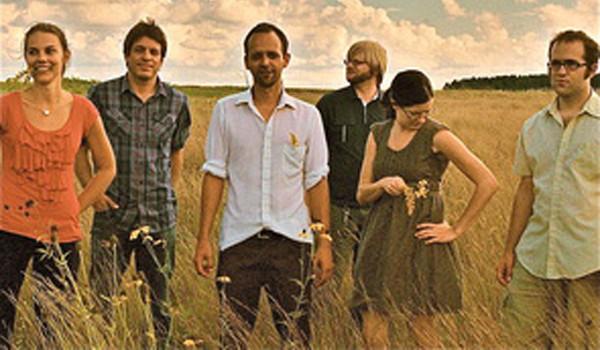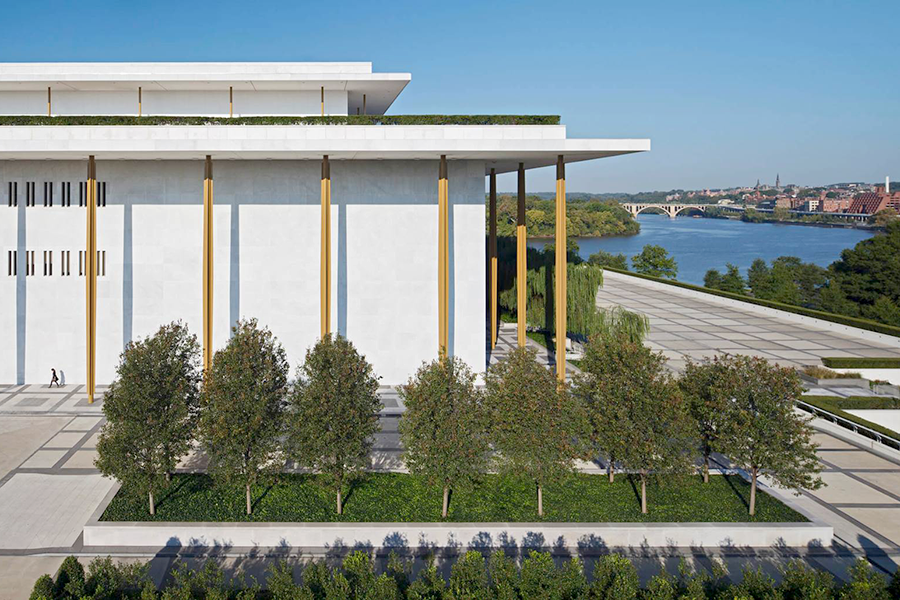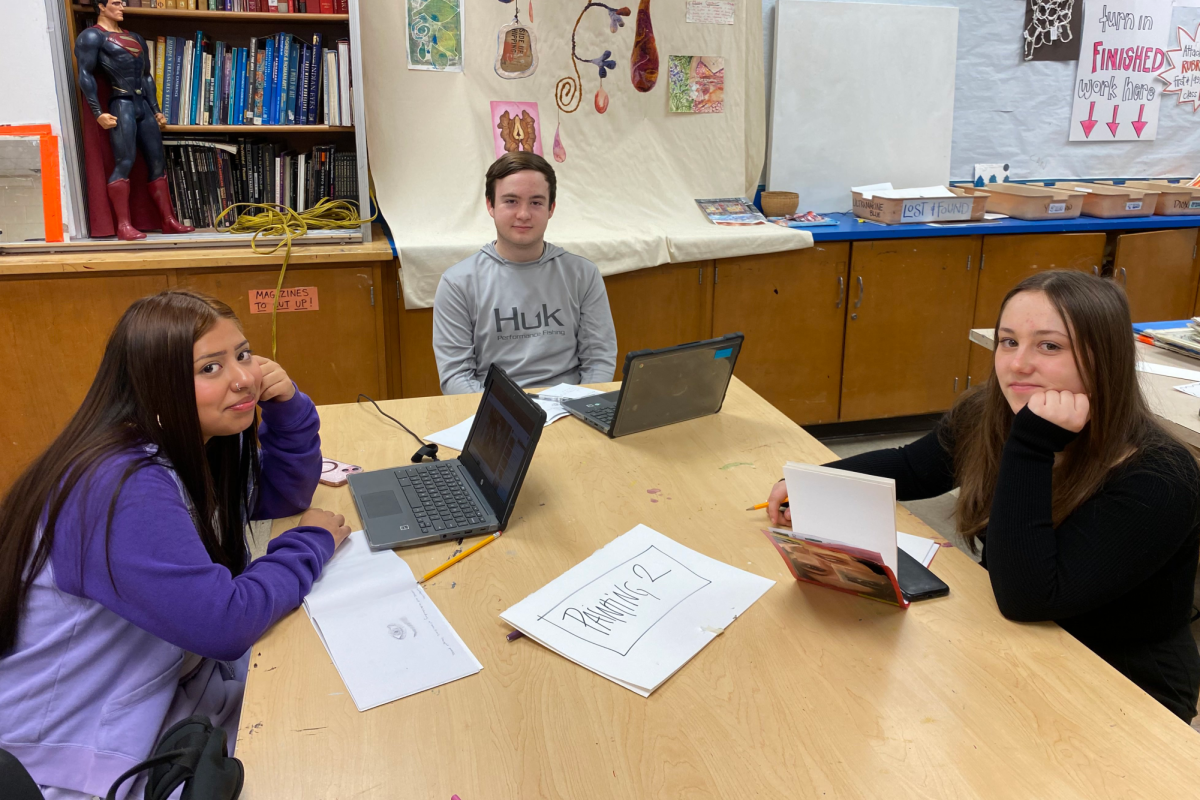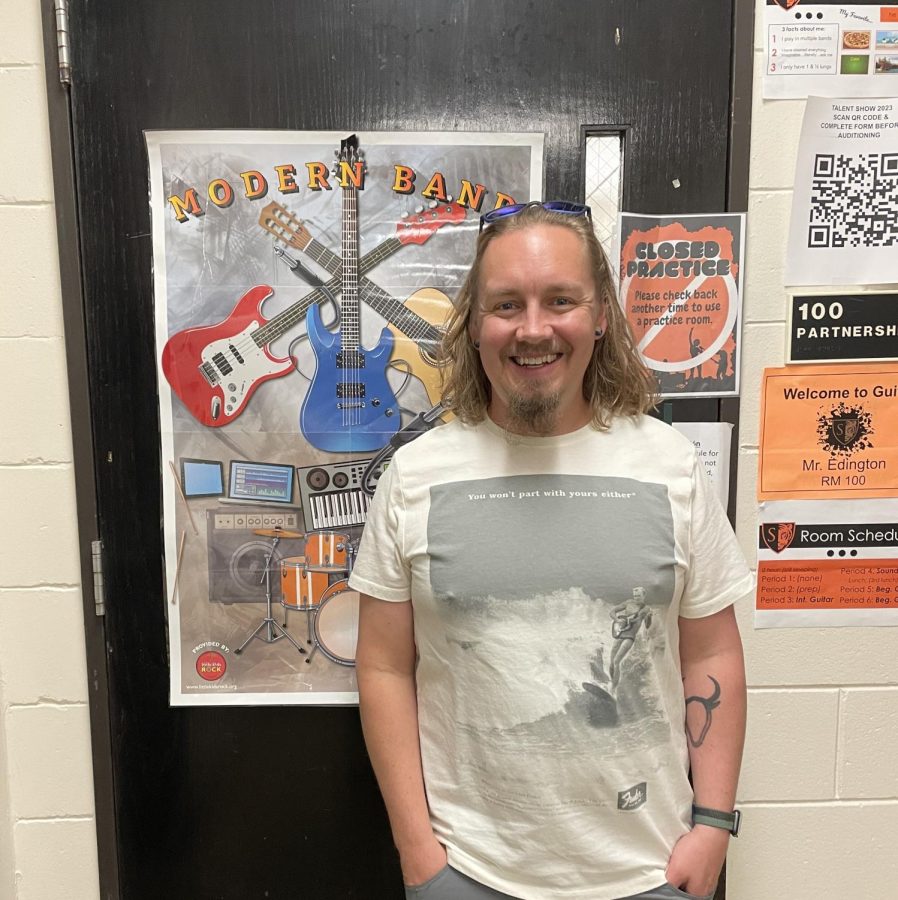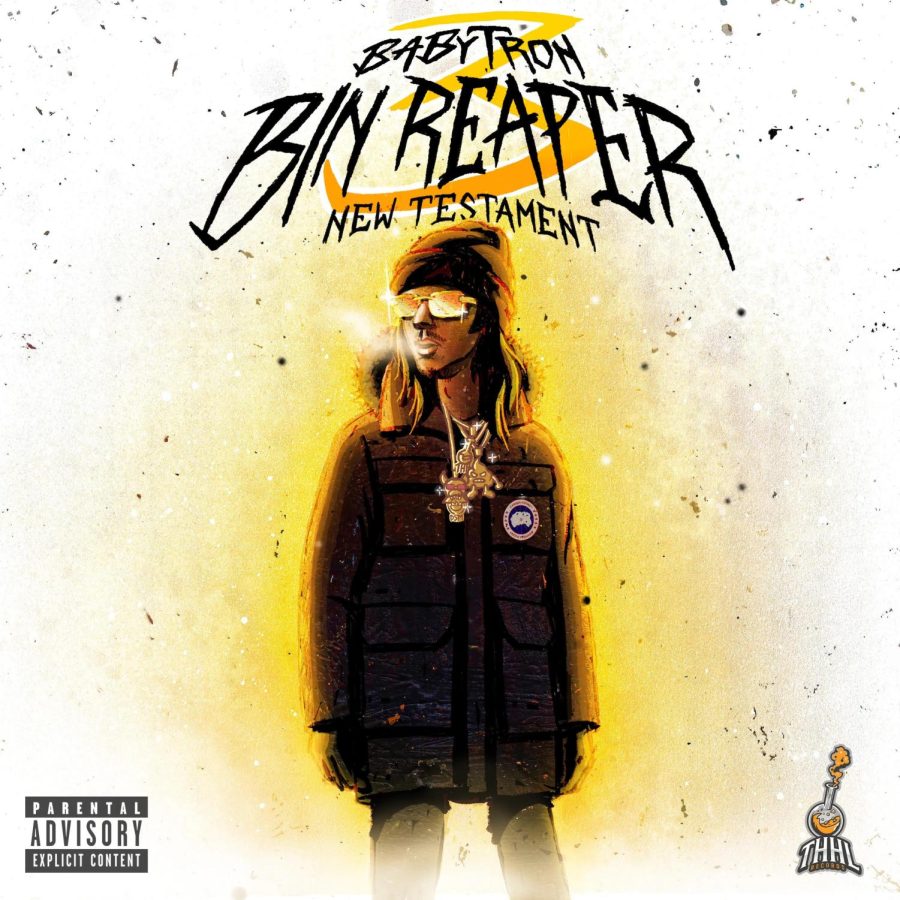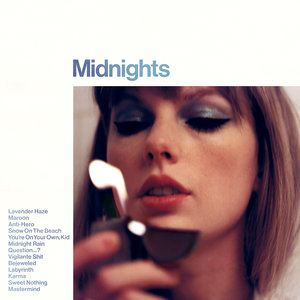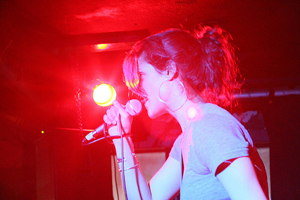
“Minneapolis is where dreams go to die,” said Jordan Gatesmith of the band Howler in an interview with MPR news. In a recent interview with the Guardian, Gatesmith said things that shocked many people involved in the music community of Minneapolis. “I feel like there’s this giant lull period of like 30 years,” he said. “I have a hard time with Minneapolis.”
However, most musicians and critics based in Minneapolis have completely different views of what goes on here.
“It’s varied, and it’s thriving,” said Laura Hoenack, co-owner of Hymie’s Vintage Records, of the Minneapolis music scene.
“There’s a ton of bands, local bands, making music and playing shows, there’s a lot of great venues, and there’s a lot of really great bands,” she added.
All of these factors come together to make up a scene that supports a wide variety of music. “It is one of the most eclectic music scenes in the country. At any given night you can see an indie rock, funk, rap, hip hop, folk, metal, noise, country, blues, jazz, or spoken word show,” said Tom Maddux.
Maddux is a musician, writer, recording engineer, producer, and arranger based in Minneapolis. His current projects include El le Faunt and His Traveling Circus, as well as the Broken Bicycles.
However, it is not only the bands that make up the music scene, but the community as well. The strength of the community was illustrated in the response to Gatesmith’s interview.
“There was mostly a pretty negative response from the community,” said Hoenack. “People were upset about it, and hurt and angry about it, and nobody was really saying, ‘oh, but he’s right’.”
“The community as a whole is huge, massive, larger than people think and bigger than I can describe,” said Brian Just, a musician with his own groupm, Brian Just Band, and a recording and guitar teacher who has been deeply entrenched in Minneapolis music for the past decade. “The community is what makes it all worthwhile to me,” he said.
Hoenack cites the rock scene as the one that gets the most attention by local media, but in recent years, a hip hop scene has sprung up as well. At the forefront of this is Doomtree, as well as artists like Atmosphere and Brother Ali.
“The Minneapolis music community is more collaborative than most,” said Dessa, a member of the Doomtree collective and also a solo and spoken word artist. “I think we’re more apt to consider fellow musicians as future friends than fierce competitors.”
“I’ve worked with many talented musicians and artists that have allowed me to learn from them and take part in their world,” said Just, “sharing experiences and life lessons through music has been my daily life since moving here.”
“Everybody just pretty much likes each other,” said Connor Geraghty, a senior at South, “it’s pretty chill. It’s just an encouraging environment that allows people to discover who they are as artists.”
Geraghty plays in a band called The Mammoth Catches Fire. “We just kind of do our own thing, we have several different influences, and I don’t really know what style to call us,” he said, “but there’s some grunge, there’s some punk, and there’s some more melodic stuff.”
The fact that Geraghty’s band has so many influences is also a characteristic that can be applied to Minneapolis music.
“There’s a really big rock scene in Minneapolis, but there’s also a really thriving country and folk scene. We try to get a variety of bands [to play in our store], we’ve had jazz bands play…and a handful of country and bluegrass stuff too,” said Hoenack, “it’s a real variety.”
“As a general rule, I think we’re not too particular about sticking to one strict genre,” said Dessa.
Bands who have attained recent success have to follow in the footsteps of Prince, the Replacements, Husker Du, and other Minneapolis legends.
“In the past, it was harder to make a record, but it was also easier because there were fewer people doing it,” said Hoenack. “Anyone can make a CD right now. It’s easier to do it yourself, but it’s harder to get nationwide press, because there’s so many people seeking record deals.”
“I think it’s really random, who gets chosen to become a nationwide act,” she added, “I think previously you had to have a lot of talent to be the Replacements, to get that record deal and to be a big deal.”
“Shows aren’t necessarily about making the most money and getting the most profit, it’s about having a good show where everybody’s feeling it,” said Geraghty.
“You definitely still hear the Minneapolis influence in a lot of stuff that comes out of here,” he added. “There’s some certain Minneapolis style that you can hear in all music [from Minneapolis]. You can tell it’s kind of gone away from alt-punk stuff, and maybe moved a little more into a folk type of basis, but there’s still a distinct sound that comes from living around here.”
Another point that Gatesmith brought up in his interview is the fact that bands who gain a lot of local attention rarely see national fame.
“The Minneapolis scene is kind of like the Portland scene, or the Austin scene,” said Hoenack, “where you get really big in your city, but you don’t really become a national act. You have local fame, which I don’t think is a bad thing, I think it’s a good thing.”
“I think for a lot of bands, they feel like they made it when they play the Turf Club, or see their line listing in the Vita.mn or City Pages, or hear their show on announced on Radio K, KFAI, or the Current. I thought of myself as successful after having my first CD come out,” said Maddux.
He added, “I think people forget that almost 90% of all big local bands start with a local following. I really don’t get it why people forget that. After you get a local following you as a band make a decision to tour or stay local.”
“People don’t care too much about going to L.A. and signing some big record deal, because it’s comfortable here,” said Geraghty, “there’s a few good places to play shows, and I think that bands just kind of stay here, and develop a family, and don’t really make it big.”
“You can have music being a part of your life without it being your whole life,” he added.
However supportive the music community is, there are still certain types of music that can get overlooked.
Maddux lists “metal, punk, classical, and dance” as a few genres that don’t get too much attention from local media or radio.
“There’s a ton of folk groups-singers, and duos and trios, who are making music and putting out records and they don’t get written up about in the City Pages,” said Hoenack, “I think that country and folk acts should get more attention.”
She added, “I don’t think it’s wrong to pick favorites, but it can be an exclusive club. It’s really hard to get played on the Current. It’s sort of a buddy club, you know, you pick your friends, or you play your friends. To get played on the Current it has to reach a high enough level of popularity.”
“Radio friendly stuff doesn’t always get picked up by media and radio stations,” said Dessa, “I think the ‘Minnesota sound’ is often more readily associated with alternative music of one sort or another.”
Minneapolis may be somewhat similar to the music scenes of Portland or Austin, but as Geraghty described, there is a certain something that makes Minneapolis music unique. So what is it about Minneapolis that provides for such a thriving scene?
“Minneapolis has an incredible way of supporting everything,” said Maddux, “the people here are unique, weird, honest, and sometimes elitist. But overall very welcoming.”
“It’s cold in the winter. People have to get out, and go to shows,” said Hoenack, “it’s a really culturally diverse and rich city, and it’s sort of the biggest city this far North.”
“We’ve got a strong DIY ethic, and we’re willing to learn the business skills we need to promote our work,” said Dessa.
“I think it fosters creativity and it makes people more comfortable putting themselves out there when they do something sort of experimental,” said Hoenack, “I think people, because they feel supported, and well-approved of, that kind of creates a whole community where it’s okay to put yourself out there, even if it’s something kind of different or separate from a community that you’ve already been established in. I would like to think that anybody can do anything.”
“I think people who live here and feel at home here just have a lot of pride,” said Geraghty, “so I think you can kind of hear the pride in being a Minnesotan, but also just a little bit of toughness that we have.”
If the response from the music community was not enough to prove that Gatesmith overlooked crucial elements of the music scene, the site Livability just named Minneapolis number two on the list of top ten music scenes in the country, not including Nashville, New York City, and Los Angeles. They attributed its success to the number of venues, record stores, festivals, and successful bands such as Prince, the Replacements, and Husker Du.
“I think it’s always going to be a really rich community, and a tight knit community with a lot of collaborations and lot of creative projects coming out of it,” said Hoenack regarding the future of the scene, “hopefully there can be more Minneapolis acts getting more national and international fame, but I don’t see that happening, unfortunately.”
“I think it could keep blowing up,” said Geraghty. And with a wide range of bands, venues, and a strong music community, that doesn’t seem to be too far of a stretch.

